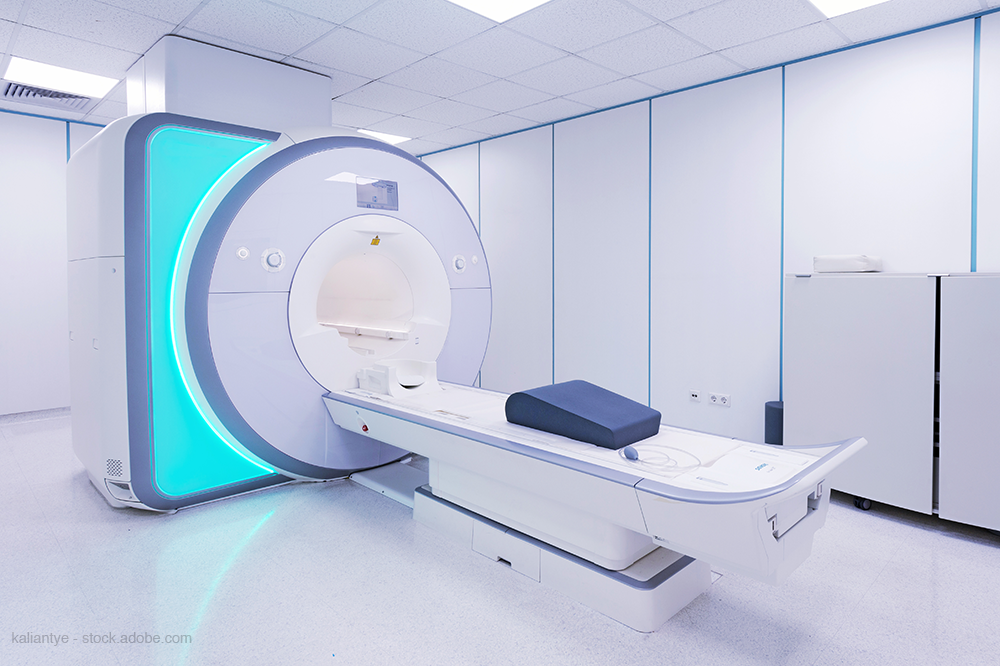- AI
- Molecular Imaging
- CT
- X-Ray
- Ultrasound
- MRI
- Facility Management
- Mammography
Polarean Imaging Phase III Trial Results Point to Potential Improvements in Lung Imaging
Results of two trials indicate efficacy of hyperpolarized 129Xenon gas MRI in visualizing lung structure and function.

Results of two phase III clinical trials are bringing a North Carolina-based company closer to finalizing its magnetic resonance imaging (MRI) drug-device combination for visualizing and quantifying lung function.
The findings, released Wednesday by Polarean Imaging plc, a clinical staging medical imaging technology company, demonstrate that images captured with MRI using 129Xenon gas, polarized with Polarean’s propriety technology, are comparable to an approved comparator, 133Xenon scintigraphy. These results, according to company officials, point to the possibility that the technology can allow providers to observe characteristics of lung function previously unseen with traditional MRI.
Polarean officials said the company will submit a non-drug application with the U.S. Food and Drug Administration (FDA) during the third quarter of 2020.
Until now, conventional MRI hasn’t played a significant role in imaging for difficult-to-diagnose lung diseases. However, based on company information, when 129Xenon is treated with Polarean’s system, it could open the door for functional, regional, and quantitative MRI of the lungs without ionizing radiation, potentially changing how lung diseases are diagnosed, staged, and treated.
The tests, which required participants to complete a 10-second breath hold of 129Xenon, were designed to measure regional pulmonary function in patients who were being evaluated for possible lung resection surgery and those being considered for possible lung transplant. Both trials met their primary endpoints, demonstrating their equivalent performance with the FDA-approved 133Xenon scrintigraphy, according to the company statement.
“The positive results of these clinical trials validate our belief that Polarean’s technology allows clinicians to visualize aspects of lung function which have never before been visible by MRI, both safely and quantitatively,” said Richard Hullihen, Polarean chief executive officer, in a press statement. “Given the limitations of existing methods to diagnose and monitor lung disease, we see a significant unmet need for non-invasive, quantitative, and cost-effective image-based diagnosis technology without exposing patients to ionizing radiation.”
To create a hyperpolarized MRI, a polarizer uses a laser light to transform inert 129Xenon gas into a hyperpolarized state. As such, it remains chemically unaltered, but its nucleus is magnetically aligned, resulting in an MRI signal that, enhanced by a factor of 100,000, makes direct imaging of gas atoms possible.
Polarean’s technology pairs this hyperpolarized Xenon with standard MRI to produce high-resolution, 3D functional maps of the lungs that can be used to monitor lung structure and function changes.
